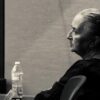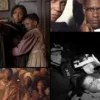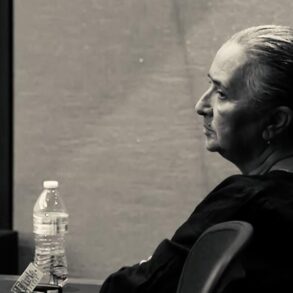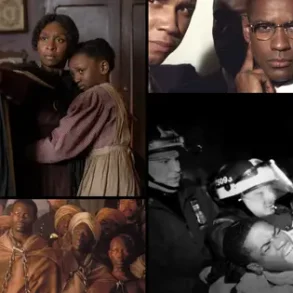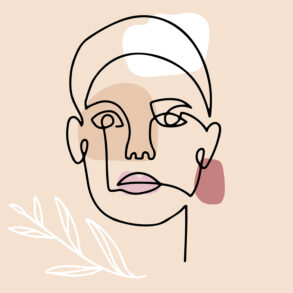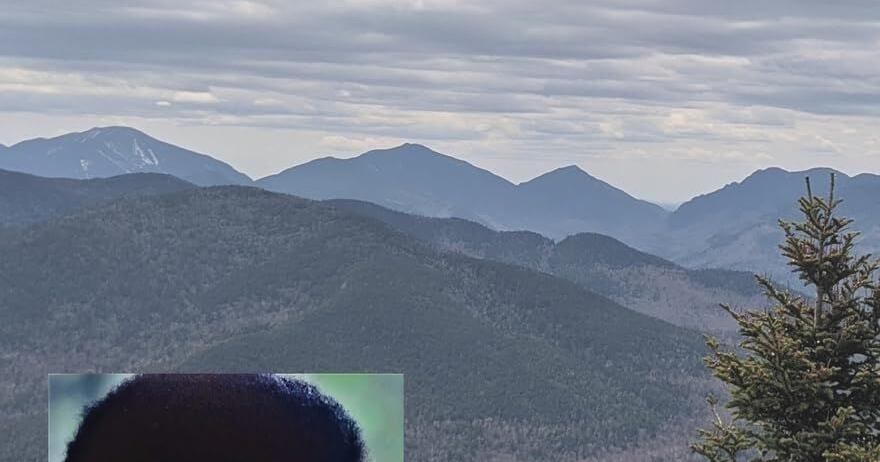
WITHERBEE — During the height of the Great Migration, Alice Paden Green’s parents and their six children relocated from Greenville, South Carolina to the Adirondacks.
Her father, William, a coal miner, worked for the Republic Steel Corporation.
A ‘DISCONNECT’
Prior to his 1948 return to the North Country, a teen William had followed his brother, Herman, a World War I veteran to work the mines in the early 1920s and returned to South Carolina during the Depression.
Her mother, Annie Mae, a homemaker and devoutly Christian woman, followed in her husband’s wake and left behind the limitations and terror of the Jim Crow South and found within the Blue Line what Green explores in her fifth book, “Outsider: Stories of Growing Up Black in the Adirondacks,” published by King Jesus Press.
Green, executive director of the Center for Law and Justice, a civil rights organization she founded in 1985 in Albany, divides her time between there and Essex.
In the late 20th century, she attended a school reunion that drew attendees from the ‘50s and ‘60s. In recalling, the “good old days,” there was a disconnect in her white classmates’ memories and her own as a member of only two Black families in Witherbee.
Green writes:
“Soon, they realized I was not sharing their celebratory mood about the absence of racism in our early lives. My somber facial expression of denial puzzled them greatly, and they asked for my agreement with their recollections and assessments. I told them I could not agree because my life was not free of racism.”
‘HOW IT IMPACTED YOU’
“Outsider” is made of stories that came to Green in reflecting on the past and conversations about race in the present.
“Some of them, I have already written before,” she said.
“When I felt like looking back, I just sort of wrote these stories. I didn’t intend to actually write a book. They sort of piled up on me. I was very reluctant to do it because I’m a very private person.”
A criminologist, in 2021 she released her first memoir, “We Who Believe in Freedom: Activism and the Struggle for Social Justice” (King Jesus Press).
“I’m into memoir writing right now,” she said.
“I’ve start to write a sixth book that will be a memoir. You get to a point in your life and your sort of look back and think about what happened and how it influenced and impacted you and that’s sort of what I’ve been doing.”
“Outsider” is mostly chronological, but sometimes one story led to another as evidenced in the first six chapters, which span from Green’s overview of Port Henry overview to giving a shout-out to those that helped her survive.
PORT HENRY
“I think of Black community. I found people that I grew up with in Witherbee, which is six miles away, these are all white people. They had no idea that there were Black people in Port Henry. None so ever. They thought my family and one other family were the only Black families in the area. Port Henry, represented for me, was the Black community in this rural area because there were about 13 families. Most of them were from Greenville, South Carolina, which was where my family was from. They had their own little community. They were segregated, it seems to me, by Republic Steel. They put them all in a block and a half, I think. They had their own church. It was a real community, but nobody knew they were there. Amazing.”
WITHERBEE, NY
“Of course, that’s where I grew up. It’s an iron-ore mining town. That was my life surrounded by mountains, which in some ways was very comforting even though I had difficult times growing up there. It’s something about the mountains and grass and everything that made you feel you were safe from the rest of the world as well.
“We did read about horrible things that were happening in the South. We had heard about Emmett Till and all those terrible things that were happening in the South.
“In one way, it was comforting. In another, it was a difficult place to grow up because we were the only Black people there, and they considered us outsiders. That’s what one of the white guys that I talked to explained to me. Certainly, it was a diverse community because it had all different kinds of Europeans there, but if a Black person came in the other people would be united and saw that newcomer as an outsider and that’s how they treated you as an outsider.”
THE FAMILY TRUNK
“In the South, my family had a trunk. Everything went into the trunk because the house that they lived in was very small. It was a one-bedroom house. So, it followed you. The trunk was where everything — Bible, family records, things that my mother wanted to protect like linen or whatever she thought was of value, photographs – was in that trunk. The first thing I remember is that trunk because that’s where our life was and our history to some extent. We didn’t know very much about it, but that trunk was very important.”
It was a big, old black steamer-type trunk.
“It was something that the children were never allowed to go in it. I used to be very curious, and sometimes I’d sneak and look. It’s how I discovered there was no Santa Claus. I opened the trunk, and I saw these toys. A few days later, I knew it wasn’t Santa who brought them.”
DAD – “POP PADEN”
Green describes her father as alone.
“He actually went to Lyon Mountain when he was like a teenager because Republic Steel Corp. recruited all these Black people when the European immigration quotas were reduced. They needed workers, and he and his older brother were recruited to go North. They were up in the North Country in the ‘20s. There were Blacks up there, and a lot of those Black who were up there eventually ended up in Port Henry.
“My Dad came back South in the ‘30s, then he realized that the South was too limiting for him. Jim Crow wasn’t something he really couldn’t deal with anymore because he had been north. That’s why he decided to come north. It’s better to have a job that paid more and to get away from Jim Crow and the criminal justice system. The convict leasing system was in play, and a lot of men were just put into jails or had fines for whatever and they couldn’t pay it, so they rented hem out to businesses to satisfy the fines. So, he was afraid of that so he went North as part of the Great Migration.
“I really adored my father, but he was a loner. We didn’t really know him that well. All he did was work. Then on the weekends up in the North Country, the thing that everybody does is drink beer. He worked and came home, ate, and went to bed, and then on the weekends, drank beer. We never really got to talk with him. He didn’t get along very well with the neighbors. He didn’t like people to make fun of Black people. Some of them did. Tease them with these little racial slights. He didn’t like that, and so he didn’t get along with the neighbors. So he was alone, alone from the neighbors, and also his family. I adored him, but he was alone.”
A BLACK MOTHER’S LOVE
“I was just so blessed that I had my mother. Her whole life was devoted to serving her children. She was forced to move from the South where she had her family. She had never been north. She had to move, and she had six children and they became her life. We were poor, but she did her best to make sure we got everything that we needed. She was absolutely wonderful. She was always there at school when we had anything.
“She went to my brothers’ basketball and football games. She didn’t know a thing about football. She always felt she had to be with her children. She encouraged us to stay in school and do all of that good stuff.
“My father was totally illiterate. Absolutely. He never had an opportunity to go to school. His mother was a sharecropper. I don’t anything about his father. He could not read or write, but my mother did. I don’t know how education she had. There’s so many things I don’t know about them because they never talked about it.
“You left the South, and you’re North. They just never talked about what their life was like, so that’s the sad part. I missed so much because I didn’t really know that much about them, only that they really loved us and took care of us.”
MY LIFE SAVERS: EDUCATORS, MENTORS AND FRIENDS IN WITHERBEE
“First of all, Witherbee is almost totally white. It’s heavily Catholic. The priests pretty much had control over the town. They decided what films you could see, who you could marry, how many children you should have, everything. We weren’t white, and we weren’t Catholic, so that again made us an outsider.
“There were some good people that were very helpful and supportive. We had to go to the Presbyterian Church because that was the only Protestant church around. My mother was Methodist. The people of that church were very helpful and supportive of us. So, I grew up in the Presbyterian Church, Mineville Presbyterian Church.”
James Sotis was a high school teacher from Brooklyn, NY.
“He was a savior. He was unbelievable. Since he came from Brooklyn, he seemed to be more progressive than anybody else. There were other teachers that were like that who came from somewhere else. They took an interest in this one Black family. After he left the town, we became friends. He became a lifelong friend.”
This post was originally published on this site be sure to check out more of their content.

